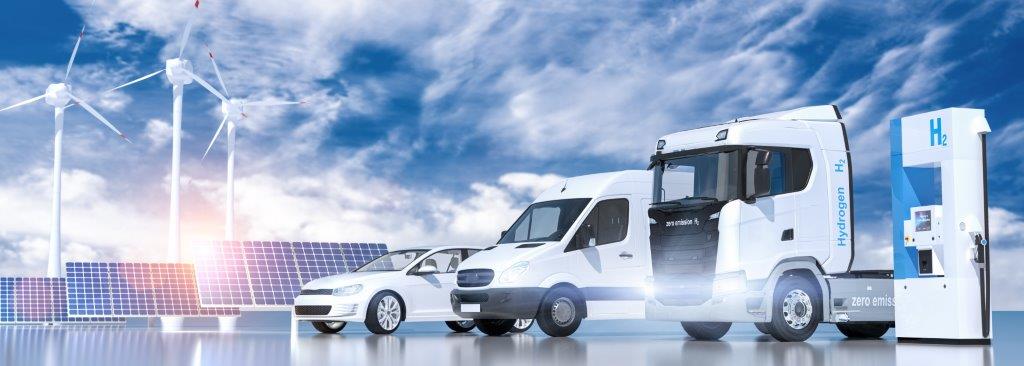
Aotearoa New Zealand’s future energy centre, Ara Ake, is working with major road freight and transport companies to help them better assess the options and costs for decarbonising their road fleet.
Ara Ake is partnering with H.W. Richardson Group (HWR) and Freightways to assess the total cost of ownership of different low emissions fleet options. This will be carried out by Auckland University of Technology (AUT) using the publicly available Total Cost of Ownership (TCO) tool developed by Ara Ake.
Ara Ake Chief Executive Dr Cristiano Marantes says the tool enables the comparison between vehicles powered by fuel cells (green hydrogen), battery, drop-in and conventional biodiesels, standard diesel internal combustion engine vehicles, and the most recently added diesel/hydrogen blended fuel.
The tool incorporates a set of inbuilt assumptions – based on publicly available information – such as vehicle capital costs, the cost of various fuels including electricity, the loads the vehicles carry, driver wages, maintenance, and road user charges.
The AUT team will support HWR and Freightways to gather and input their own data into the TCO tool to reflect their individual operations.
“This tool will enable transport companies to make more informed decisions when purchasing or leasing their vehicles, and we see it supporting a hard-to-abate sector in making long-term progress in their decarbonisation goals,” says Dr Marantes.
“The New Zealand government set up Ara Ake to power the decarbonisation of our economy, by developing new clean energy innovations and working with businesses to see them through to commercialisation. The TCO tool and the HWR, Freightways partnership is a great example of this in action. It is only by using an evidence based approach that we will prepare New Zealand for the future and best position New Zealand globally,” says Dr Megan Woods The Minister of Energy and Resources.
“The TCO tool is the only publicly available tool which considers the key low emissions options that could be used to decarbonise New Zealand’s road freight,” says Associate Professor Ali Ghaffarian, from the School of Future Environments, Auckland University of Technology.
“After this work with HWR and Freightways, these companies will be able to undertake accurate comparative analysis using their own data,” says Assoc. Professor Ghaffarian.
Freightways’ fleet is predominantly powered by diesel, and AUT will be using their data to ensure the tool is kept relevant to the New Zealand market.
“We are looking forward to using this tool, as it is very useful to determine our best emissions reduction pathways for our heavy vehicle fleets and enhance strategic business decisions,” says Michael Claydon, Freightways’ General Manager of Safety.
Invercargill-based H.W. Richardson Group is New Zealand’s largest transport company. They have been leading a project to introduce a blended diesel/hydrogen fuel option to their fleet.
A normal internal combustion engine diesel truck can be retrofitted to enable hydrogen to be blended in the combustion chamber. HWR plans to have ten dual-fuel trucks on New Zealand roads by the second quarter of 2023.
“The TCO tool will prove very valuable when making decisions on future transport assets,” says Anthony Jones, HWR’s Group Chief Executive.
“It is great to see a dual-fuel such as the blended diesel/hydrogen option that we’re going to be using, included in the tool, and to have the ability to compare it to other fuels,” says Mr Jones.